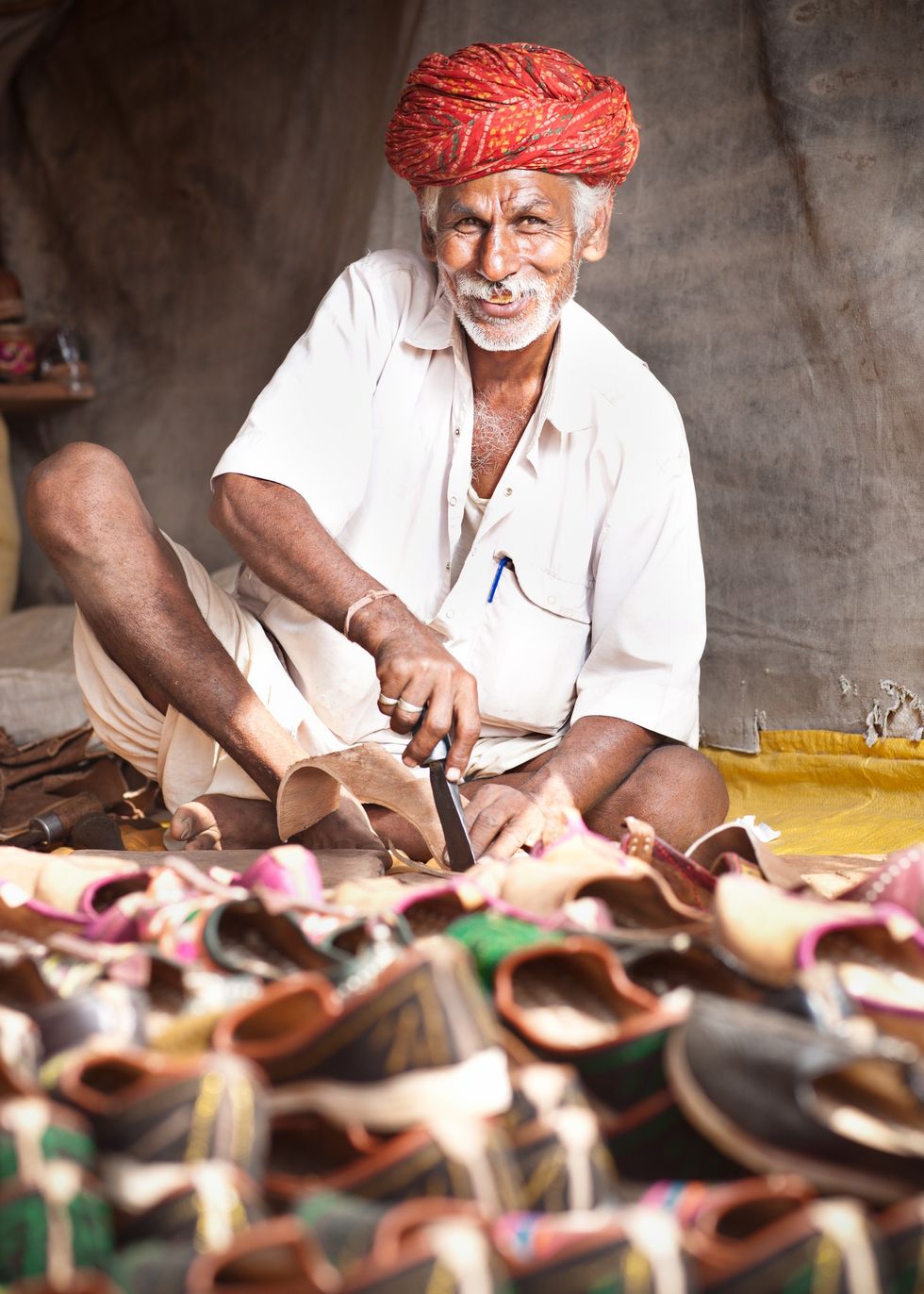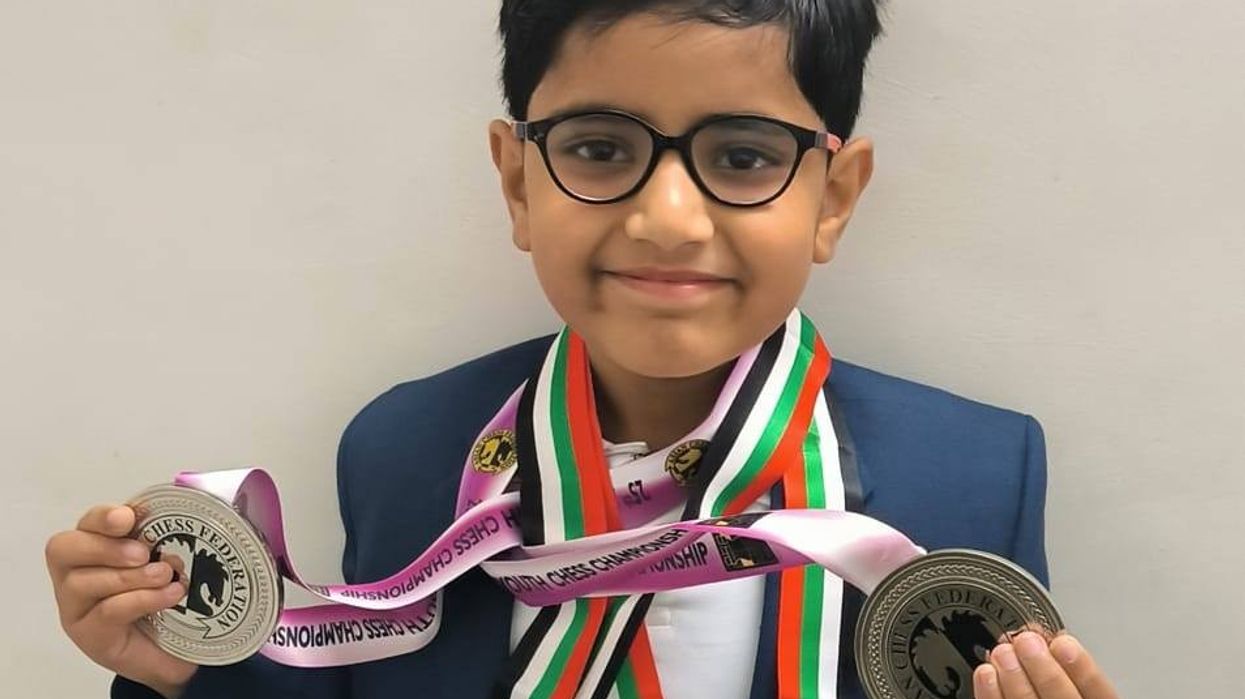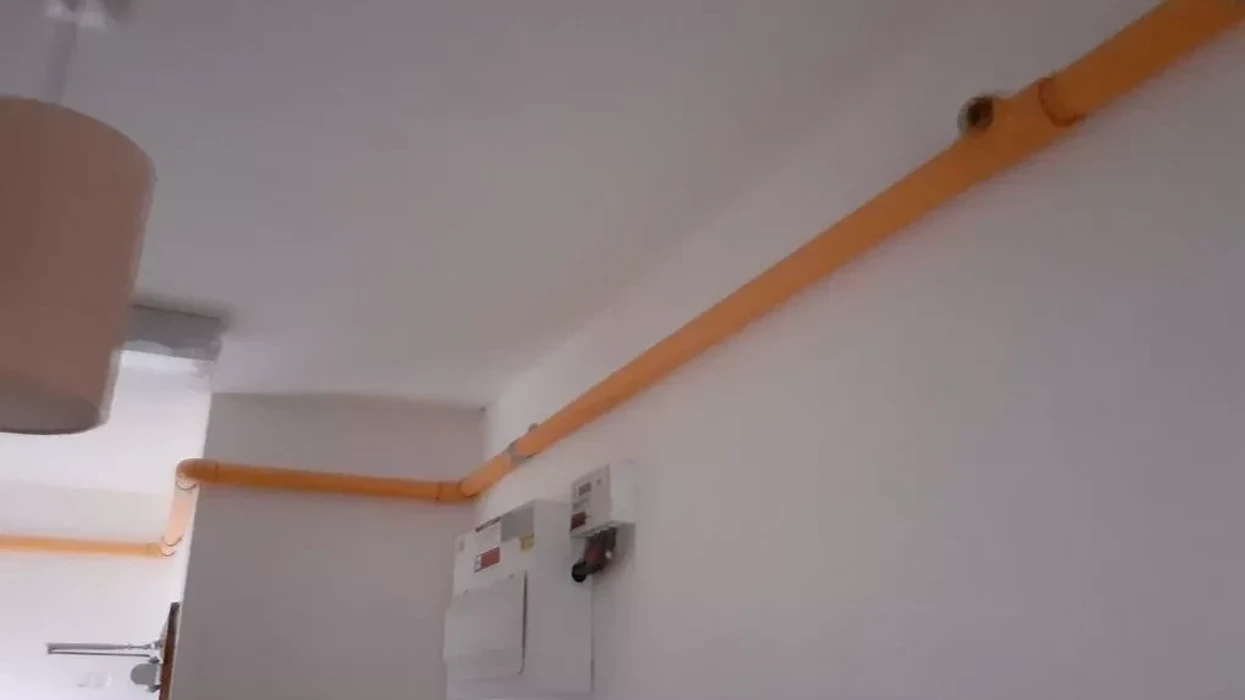EXPERTS have warned the government to “act now” as new statistics showed a disproportionate number of British Asians have been affected by Covid-19.
New data revealed a third of patients in intensive care were of BAME heritage, while the health secretary, Matt Hancock, confirmed last week that 19 NHS workers have died from coronavirus since the outbreak began – around 10 of whom were of ethnic origin.
As Eastern Eye went to press on Tuesday (14), more than 93,800 confirmed cases of coronavirus had been confirmed. More than 12,100 have died in hospitals after contracting the infection.
Dr Chaand Nagpaul, chair of the British Medical Association (BMA) has urged the government to investigate why a large number of ethnic minorities were contracting the infection.
Photo: Dr Chaand Nagpaul
“We have heard the virus does not discriminate between individuals, but there’s no doubt there appears to be a manifest disproportionate severity of infection in BAME people and doctors,” Dr Nagpaul told LBC Radio last week. “This has to be addressed – the government must act now,” he added.
Statistics show that the NHS Trusts most affected by Covid-19 related deaths are University Hospitals Birmingham NHS Foundation Trust, London North West University Healthcare and King’s College Hospital in London. Both the healthcare facilities in the capital cover areas with a high ethnic minority population.
As reported in Eastern Eye last week, Dr Nagpaul called for a “targeted and culturally sensitive” campaign to reach ethnic groups, noting that many may be struggling due to language barriers.
Although the government has run advertisements on television, radio and in print to warn of coronavirus, no national campaigns have been in any other language besides English.
Dr Nagpaul also suggested that many health workers may not have the appropriate personal protective equipment (PPE), which could be putting them in danger of contracting the virus.
He noted that many key workers – such as NHS and social care staff – were from ethnic minority backgrounds.
“You’ve got a high proportion of BAME people not able to stay at home, serving the nation, putting themselves at risk,” he said. “If you add that to overcrowded and multigenerational occupancies, the infections can be brought back home and spread to other members of the family.”
According to the 2011 census, just 14 per cent of people in England and Wales are from ethnic minority backgrounds. However, statistics from the Intensive Care National Audit and Research Centre earlier this month found that 34 per cent of more than 3,000 critically ill coronavirus patients identified as black, Asian or minority ethnic.
The BMA chair also said that some Asian and ethnic minority doctors may be “reluctant to complain” about inadequate resources.
“BAME doctors often feel bullied and harassed at higher levels compared to their white counterparts,” Dr Nagpaul said. “They are twice as likely not to raise concerns because of fears of recrimination.”
Last week, Dr Abdul Mabud Chowdhury died of Covid-19, weeks after he appealed to the prime minister Boris Johnson to ensure the “minimal support” of proper PPE for frontline workers.
The 53-year-old, a urologist at Homerton Hospital in east London, died last Wednesday (8), after battling for life for 15 days at Queen’s Hospital in Romford.
Last month, he called for Johnson to “ensure (urgent) PPE for each and every NHS health worker.”
He has stressed on social media that the health workers “in direct contact with patients” were “also human beings to practice human rights like others, to live in this world disease free with our family and children”.
The Labour party last Saturday (11) also joined calls for a probe into what it said was a disproportionate number of black and minority ethnic NHS workers dying from the virus in the UK.
“The disproportionate number of BAME doctors who have died from coronavirus is deeply disturbing,” said Marsha de Cordova, Labour’s shadow women and equalities secretary.
“It reflects the shocking underlying inequalities facing BAME communities as a whole – who are disproportionately represented in the numbers of people getting the virus. The government must urgently investigate why BAME communities are more vulnerable to this virus,” she said.
Her intervention came as the British Association of Physicians of Indian Origin (BAPIO) also called for similar in-depth research and investigation.
In an open letter, BAPIO has asked for all the official data available on Covid-19 hospital admissions for in-depth research into the greater susceptibility of ethnic minority patients developing more severe symptoms of coronavirus and dying from the virus.
BAPIO has also urged authorities to deploy senior and retired medics away from frontline duties until more evidence can be collated on the ethnic variables for Covid-19 risks.
Dr Ramesh Mehta, the BAPIO president, wrote: “We need a better understanding of the issues of BAME mortality in the context of the general population, particularly if it helps us manage sick and vulnerable groups, and so that we can be accurate in our messaging.”
Dr Nagpaul suggested that a reason for the disproportionate number of BAME patients could be down to the living conditions among some ethnic minority groups, who often live in multi-generational households.
Health authorities have warned that those in multi-generational households are at higher risk of passing on infection to older members of their families.
Medical student Hayaat Karim, from Bradford, currently lives in a house with his grandparents, parents, six siblings and his young nephew.
“It’s been difficult because we are so used to seeing everyone,” Karim told the BBC earlier this month. “It’s just been about taking a moment to have those discussions with the family and see how we can adapt the government advice and make it work practically in the home.”
His elderly grandparents are living in a separate part of the house at the moment, to lower the risk of becoming ill.
Analysis from the New Policy Institute revealed that the top five most-crowded areas in the country have seen 70 per cent more coronavirus cases than the five least-crowded. Both London and Birmingham, which have the highest number of confirmed cases, have pockets of overcrowding, experts have said.
According to think tank Resolution Foundation, 80 per cent of the British south Asian population live with younger people in the household.
In response to Eastern Eye, a Public Health England spokesperson said it would be announcing updates in the coming days. The Department of Health and Social Care did not respond to Eastern Eye’s request for comment.
Meanwhile, the US also confirmed that more than 40 Indian Americans and citizens of India have reportedly lost their lives to the virus.
According to the latest Johns Hopkins University data, the US became the world’s first country to register more than 2,000 coronavirus deaths in a single day, with 2,108 fatalities reported in the past 24 hours, while the number of infections in the country has crossed 570,000.
New York, which has emerged as the epicentre of the virus in the US, along with adjoining New Jersey, account for majority of the deaths reported so far. Notably, New York and New Jersey have one of the highest concentrations of Indian Americans in the country.
Among those who have died from the coronavirus, at least 17 are from Kerala, 10 from Gujarat, four from Punjab, two from Andhra Pradesh and one from Orissa. A majority of them are more than 60 years of age, except for one who was 21 years old.
According to figures, more than a dozen Indian Americans have died in the state of New Jersey, mostly around the Little India areas of Jersey City and Oak Tree Road. Similarly, at least 15 Indian Americans have reportedly died in New York.
(With Agencies)




 Prada confirms Kolhapuri chappals inspired its 2026 Milan collectionInstagram/
Prada confirms Kolhapuri chappals inspired its 2026 Milan collectionInstagram/ Kolhapuri chappals have been crafted for centuries and received GI tag in 2019 iStock
Kolhapuri chappals have been crafted for centuries and received GI tag in 2019 iStock 








 Wintour also became synonymous with the Met GalaGetty Images
Wintour also became synonymous with the Met GalaGetty Images


Police may probe anti-Israel comments at Glastonbury